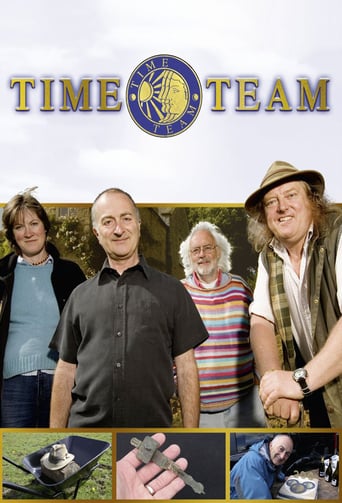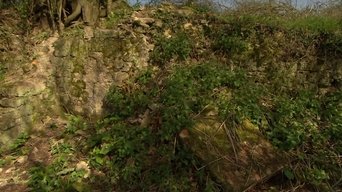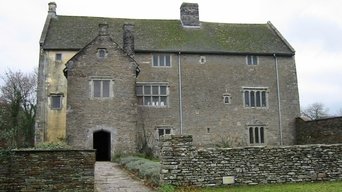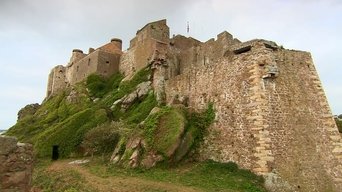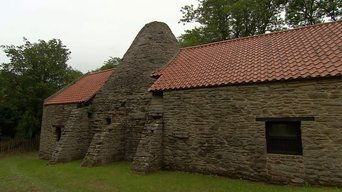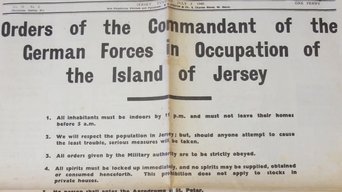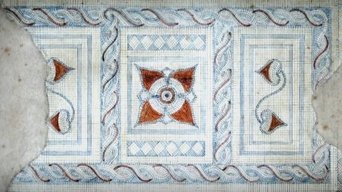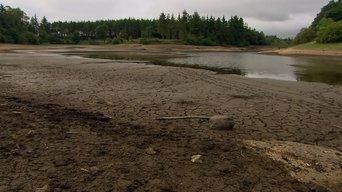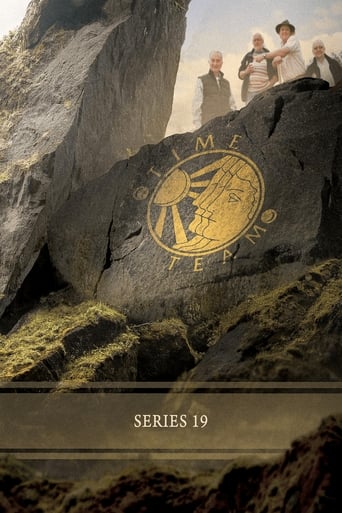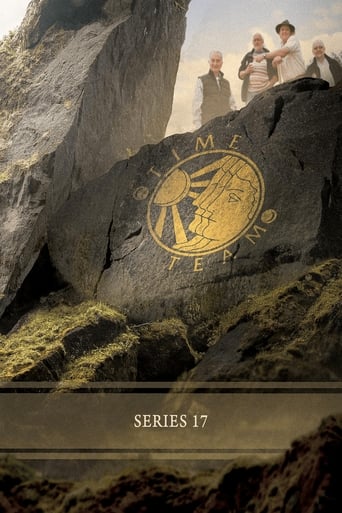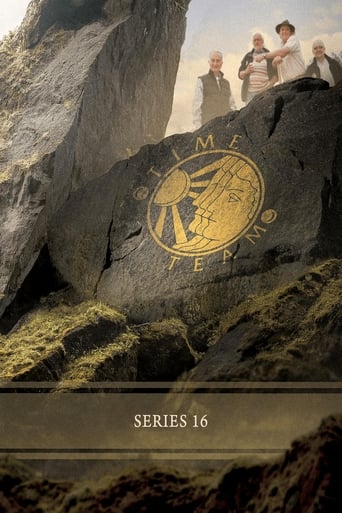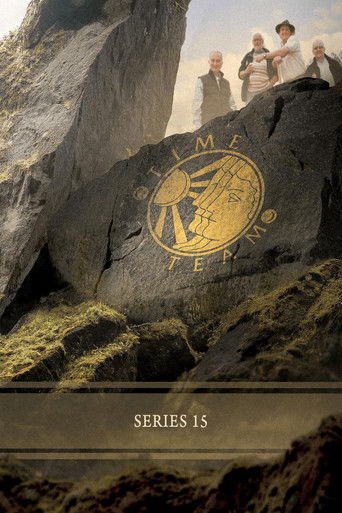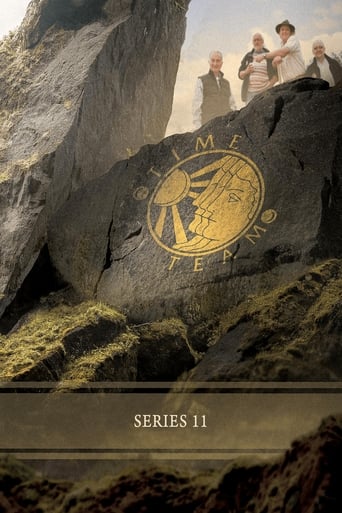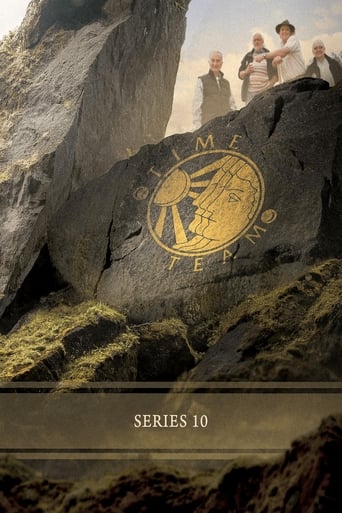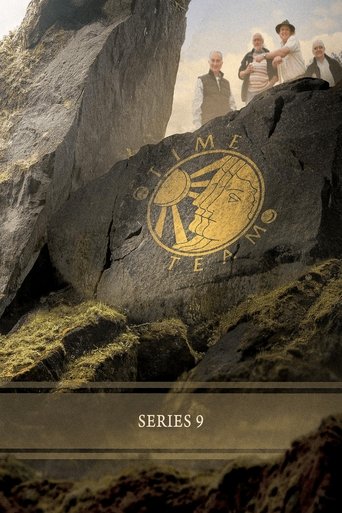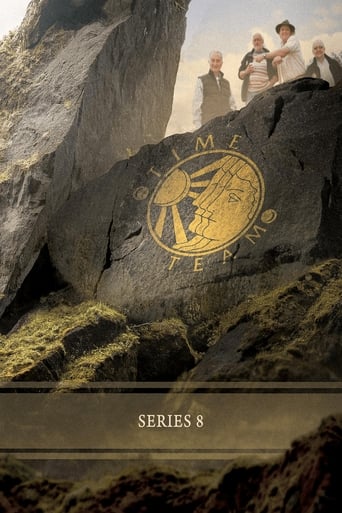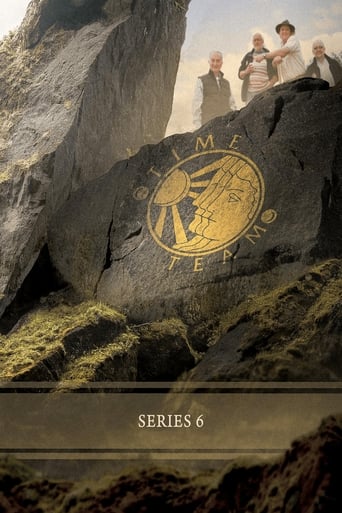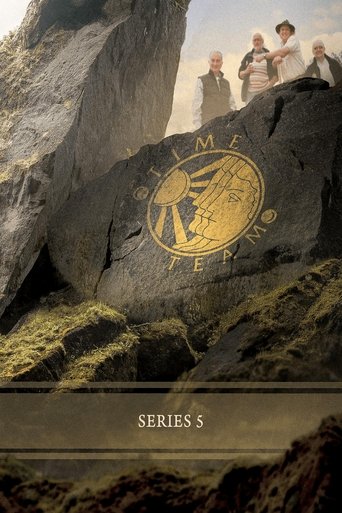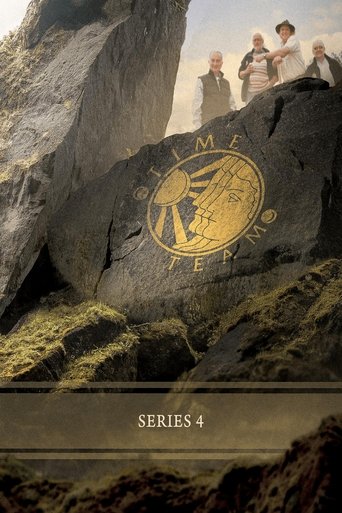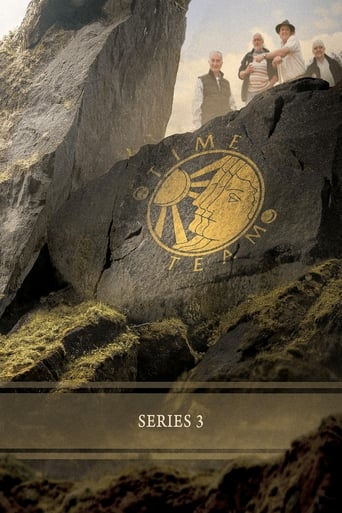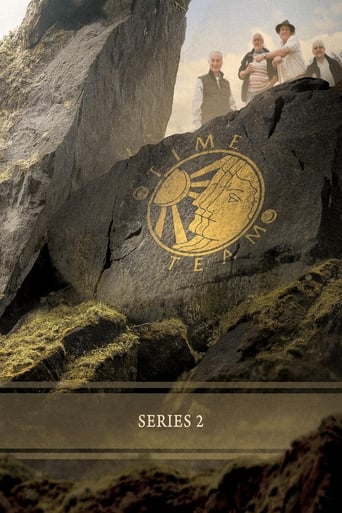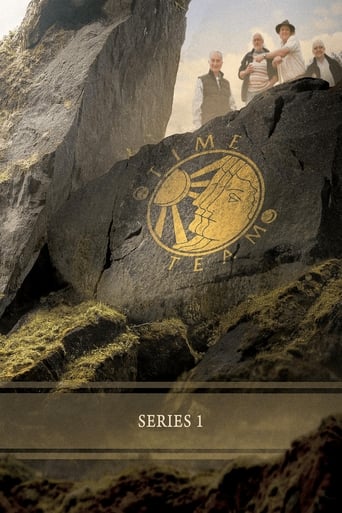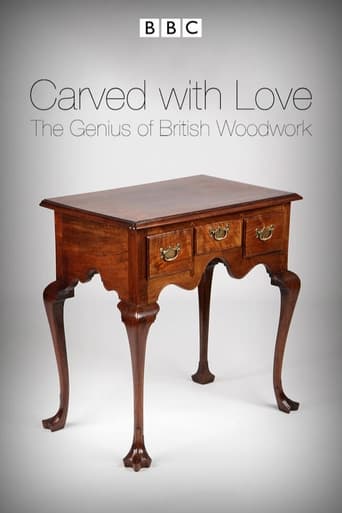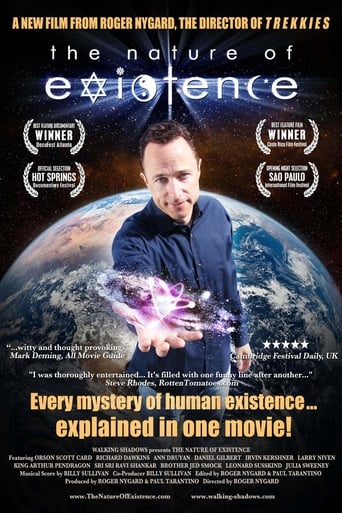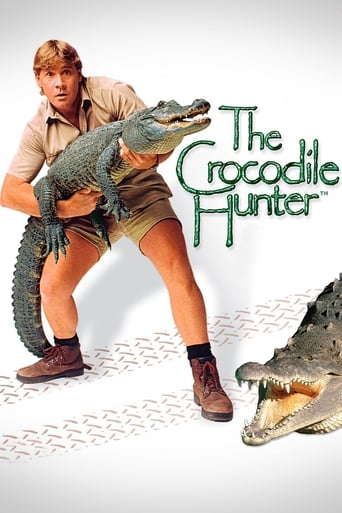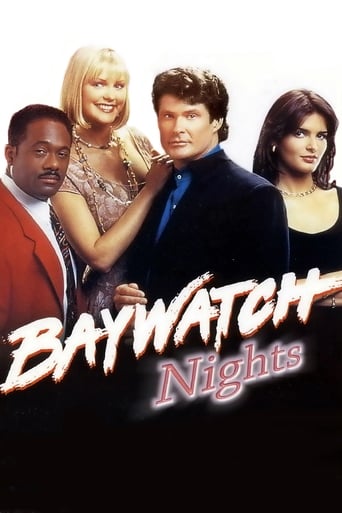Time Team Season 18
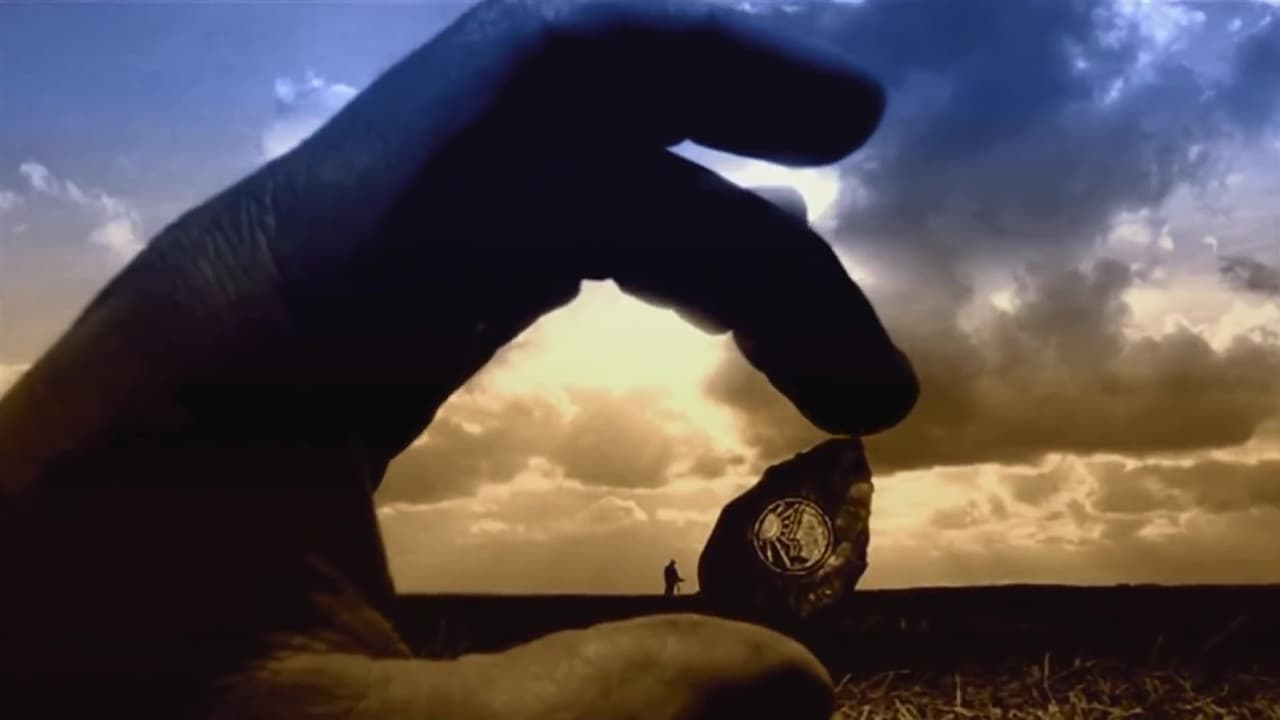
Time Team is a British television series which has been aired on British Channel 4 from 1994. Created by television producer Tim Taylor and presented by actor Tony Robinson, each episode featured a team of specialists carrying out an archaeological dig over a period of three days, with Robinson explaining the process in layman's terms. This team of specialists changed throughout the series' run, although has consistently included professional archaeologists such as Mick Aston, Carenza Lewis, Francis Pryor and Phil Harding. The sites excavated over the show's run have ranged in date from the Palaeolithic right through to the Second World War.
Watch NowWith 30 Day Free Trial!
Time Team
1994



Time Team is a British television series which has been aired on British Channel 4 from 1994. Created by television producer Tim Taylor and presented by actor Tony Robinson, each episode featured a team of specialists carrying out an archaeological dig over a period of three days, with Robinson explaining the process in layman's terms. This team of specialists changed throughout the series' run, although has consistently included professional archaeologists such as Mick Aston, Carenza Lewis, Francis Pryor and Phil Harding. The sites excavated over the show's run have ranged in date from the Palaeolithic right through to the Second World War.
Watch Trailer
With 30 Day Free Trial!
Time Team Season 18 Full Episode Guide
When Stephen and Stephanie Fry bought a few acres of prime Somerset pasture to graze their horses, they inadvertently also bought the remains of Buck Mill, an 18th-century water mill. But as Stephanie began to look into its history, she realised that there may have been a flour mill on the site since Domesday. So she called in Tony Robinson and the Team to help her unravel the mystery of their mill. For Professor Mick Aston, the prospect was too good to turn down. As the diggers get to work uncovering the whole of the 18th-century mill, Mick takes off into the landscape to look for clues from earlier centuries. He finds more than he bargained for: the whole area was awash with the tell-tale mill streams needed to power grindstones. The dig throws up constant reminders of the importance of wheat and bread to the medieval population, and of how rich millers could become. The only spanner in the works for this industrial dig is the surprise discovery of an Anglo Saxon comb.
Investigating an archaeologist's dream. An ancient moat has been discovered and no one knows what it once protected. Was it an early Welsh chapel, a Roman fort, a fortified cattle enclosure, or even the ancestral home of one of Wales's most important families?
Tony Robinson heads to Jersey to investigate the origins of Mont Orgueil Castle. Today's castle is a Tudor structure built on earlier foundations, and it's that early castle, built by King John, that the Team are looking for.
Tony and the Team discover evidence of a dynasty that arrived with William the Conqueror and went on to produce two queens of England: Elizabeth I and Lady Jane Grey.
The Team face one of their strangest challenges ever: digging through a church graveyard in search of what could be one of the largest Roman structures ever built in Britain.
Dense and tranquil woodland in the County Durham countryside provides an unlikely venue for Time Team's investigation into the earliest days of the Industrial Revolution.
Tony Robinson doesn't usually get to decide where the Team should dig, but in this episode he chooses his first ever site for investigation: a German anti-aircraft battery on Jersey. The dig director was Dr. Ben Robinson.
Tony and the Team get a unique opportunity to dig at an army firing range at High Ham in Somerset and investigate a series of mosaics first discovered 150 years ago. Everything indicates a Roman villa, though perhaps not on such a grand scale. The inhabitants may have been Romanised Britons, living from the 2nd to the early 5th century. Matt volunteers as a slave for the day. When the cold east wind sets in, Phil and the other diggers temporarily "down tools". They are joined by Martin Brown from the Defence Estates and Roman finds specialist Philippa Walton.
The Team are intrigued by metal detecting finds and pottery scattered across some fields in Leicestershire, which suggest they're on the site of a high-status Anglo-Saxon burial ground.
Tony Robinson and his team celebrate their 200th dig. Jane Marchand from Dartmoor National Park Authority was alerted by a walker to standing stones peering out of an East Devon reservoir at low level. This is Francis Pryor's dream site, but Mick has also been interested in Dartmoor for some time. They have stone circles, stone rows and cairns apparently dating from 3000 to 1500 BC. There is a central mound which interests Francis, and which Phil thinks is Stone Age, thus pre-dating the other monuments. But the cairns may be recent, throwing into doubt the dating of the other features. This is cultivated farmland, atypical of Dartmoor's usual bleak landscapes. John is dubious about getting any meaningful geophysics results, but proposes nevertheless to wheel his trolley through the mud. Stewart and Henry create a 3D image of the prehistoric landscape. Phil teaches Matt his favourite activity, flint-knapping.
Free Trial Channels
Seasons


